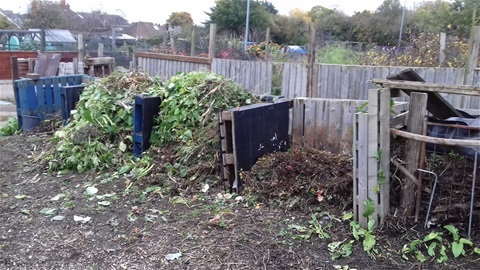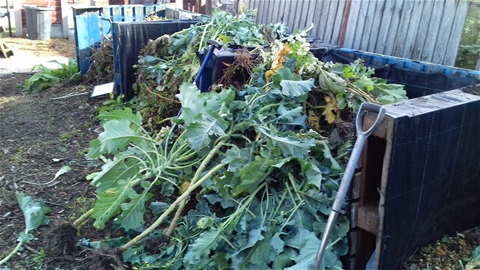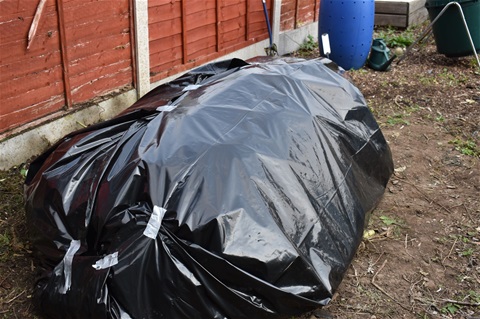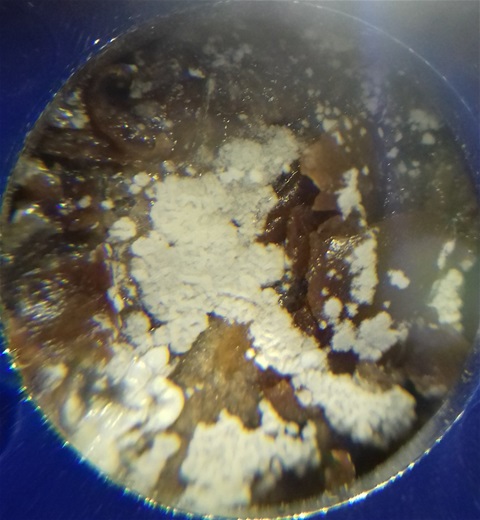All that Glitters
Biodegradable Glitter Revisited
In the lead up to Halloween and Christmas I thought it might be a good time to update our information on Microplastics and glitter with information just published
Recent research suggests that biodegradable alternatives may be little or no better for the environment than “traditional” PET glitter in respect to the effects of on root length and chlorophyll levels which were almost identical to those of traditional glitter. New research led by Dr Dannielle Green of Anglia Ruskin University and published in the Journal of Hazardous Materials (Vol 402. 124070) indicates after 36 days, the presence of glitter halved the root length of common duckweed (Lemna minor), while levels of chlorophyll in the water were three times lower than in control conditions, indicating reduced levels of phytoplankton, or microalgae.
The only significant difference was a two-fold increase in
the abundance of an invasive species of New Zealand mud snails (Potamopyrgus antipodarum) in water containing the biodegradable MRC glitter. Dr Green, Senior Lecturer in Biology
at Anglia Ruskin University (ARU), is reported as saying that “Our study is the first to look at the effects of glitter in a freshwater environment and we found that both conventional and alternative glitters can have a serious ecological impact on aquatic
ecosystems within a short period of time. “All types, including so-called biodegradable glitter, have a negative effect on important primary producers which are the base of the food web, while glitter with a biodegradable cellulose core has an additional
impact of encouraging the growth of an invasive species.
“We believe these effects could be caused by leachate from the glitters, possibly from their plastic coating or other materials involved in their production, and our future research
will investigate this in greater detail.”
Further information on glitter and Christmas waste can be found at Christmas Waste
Busy composting time on the allotment
As the crops are harvested, we are getting more waste for composting on the allotment. Three reception pallet bins have been filled in the past week (photo shows the overfilled bins) . On a community site we have a wider range of garden waste than from a single plot. It seems to be a time of year where just about everything needs cutting to length before being added to the bin. There are still a few runner bean plants complete with beans that were not picked which need chopping into smaller lengths to make it easier to turn the piles. We have also started getting strawberry plants with long runners which also need chopping into shorter lengths. The majority of this week’s selection of tomato plants where cherry tomatoes many looking good enough to eat (before they were added to the waste). Brassicas have also reappeared with stalks that need cutting and crushing but at least these provide plenty of good green leaves for both the compost bins and the wormeries. Courgette plants as pulled from the ground take up a lot of space but are easily cut and having hollow stems that help form air spaces in the compost. Added to this mixture there is the usual selection of annual and perennial weeds , but fewer with seeds than was the case last month plus a rotting selection of waterlogged miscellaneous plants and soil that had been soaked by the rain. One of the designated working bins was almost filled after a mornings work using shredded paper and woodchip as brown layers and to introduce airs paces in the waterlogged material. The bin will be filled on the next visit and then turned after a further week.
Bokashi on Allotments
Modern Bokashi was developed in Japan and requires the addition of “Effective Microorganisms” (EM), a mixture of lactic acid producing bacteria phototrophic bacteria. and yeasts . Bokashi systems are environmentally friendly system producing lower carbon dioxide (a greenhouse gas) emissions than aerobic composting aids and the build-up of humus leading to improved moisture retention and greater carbon sequestration in the soil.
Small Bokashi bins are used at home for cooked food and large-scale systems are used by on farmers, in horticulture etc,
We are looking at systems suitable for use in community composting and for garden waste from large gardens and allotments. Material on the net shows such Bokashi windrow systems covered with a polythene sheet with the ends buried in the ground all-round the windrow to exclude air and create anaerobic conditions. Rather than leave the base open to the ground which allows the exudate to drain into the soil the whole windrow wrapped in the polythene sheet like a giant but inedible pastie.
The photo shows a small windrow of the garden waste, originally collected in 3 pallet bins, made using a lasagne technique with waste and a mix of three Agriton products; Actiferm EM, Aegir seashell grit and Endasil clay granules .The pastie is then covered with a second protective cove , to reduce the risk of any holes being made in the polythene which would although air to enter the pastie, and will be left for 8-10 weeks.
Watch this space.
Due to Covid regulations we cannot provide our Stokes Wood Training composting sessions at present, but I can offer tours and on-site talks by appointment for 1-3 socially distanced people
Bokashi Windrow on the Demonstration site
Bokashi is the most environmentally friendly form of composting despite being anaerobic, As Master Composters we promote a pair of Bokashi bins to treat cooked food and plate scrapings and it works well producing a pickled pre-compost that can be added to an ordinary compost bin or be trench/post hole composted and a liquid which can be used as a fertiliser. The Bokashi bins ca be kept in the kitchen, utility room garage or as a demonstration in a classroom.
Farmers and growers use Bokashi on a large scale, so we are starting a demonstration of a garden or “community composting site” techniques using windrows about 2m long and 1m wide. We are starting the windrow tomorrow using Agriton products.
We will be open to up to 5 visitors by appointment over the coming few weeks.
The photo shows the small-scale kitchen system that is ready to add to the compost bin. More details can be found at http://www.carryoncomposting.com/416920212



